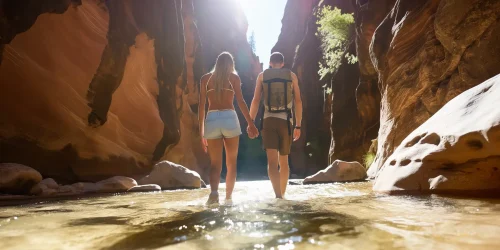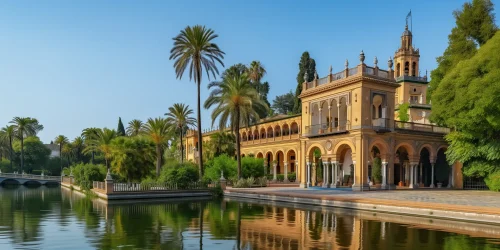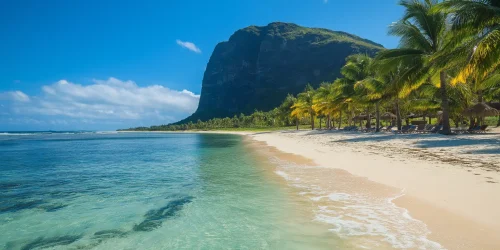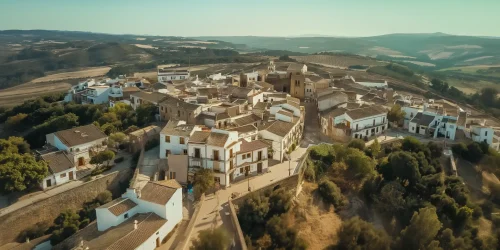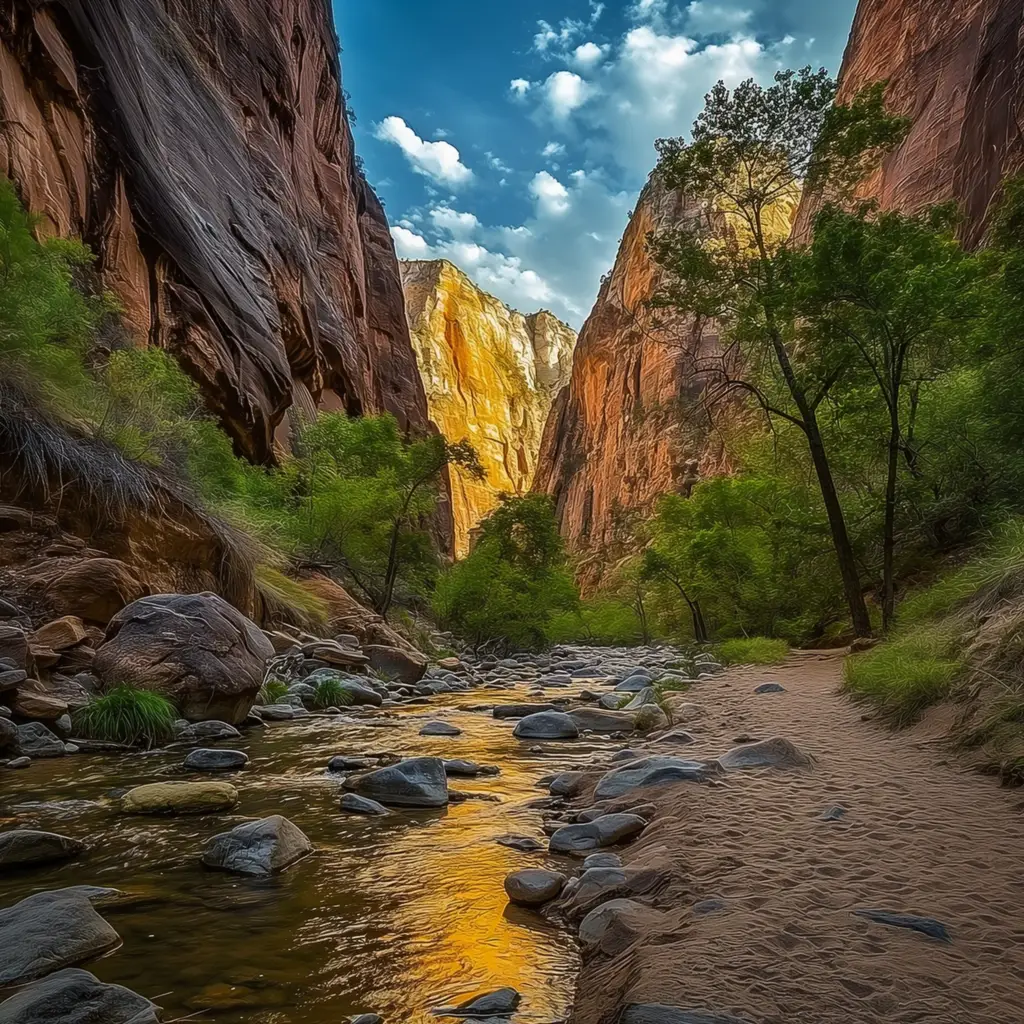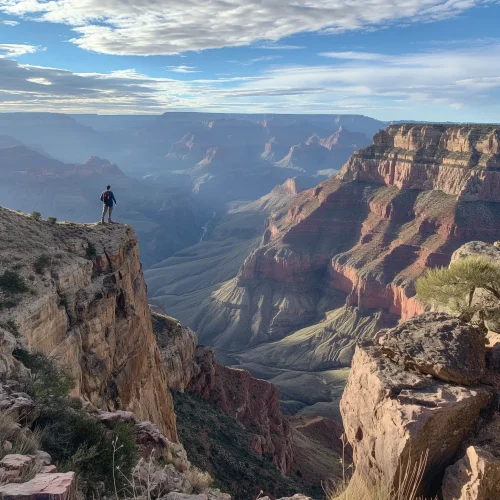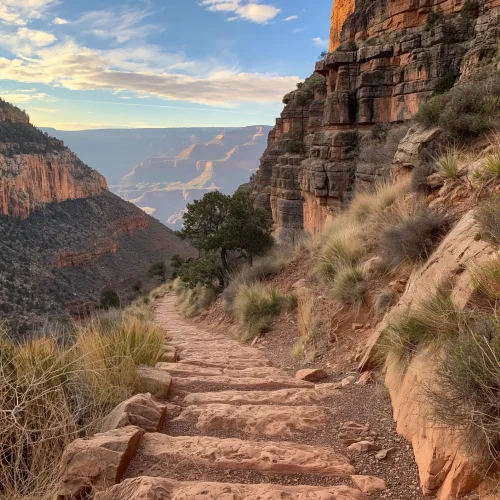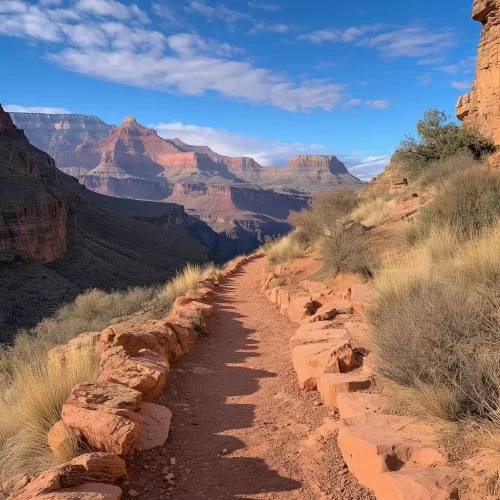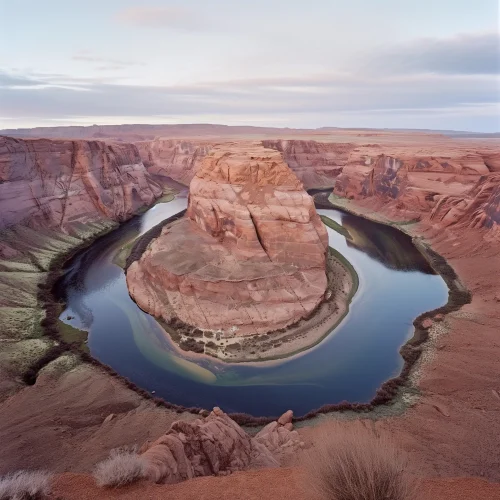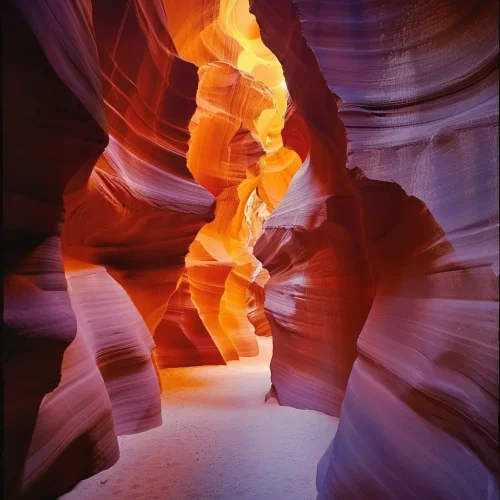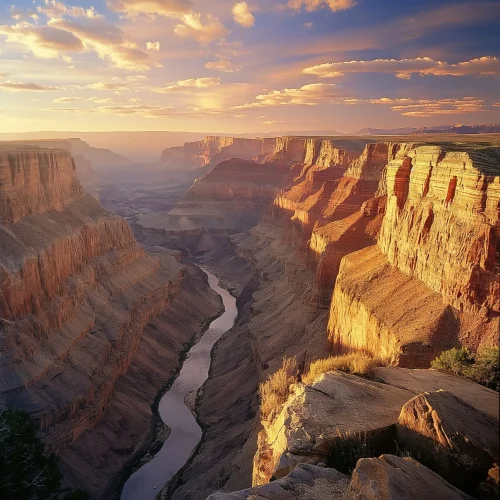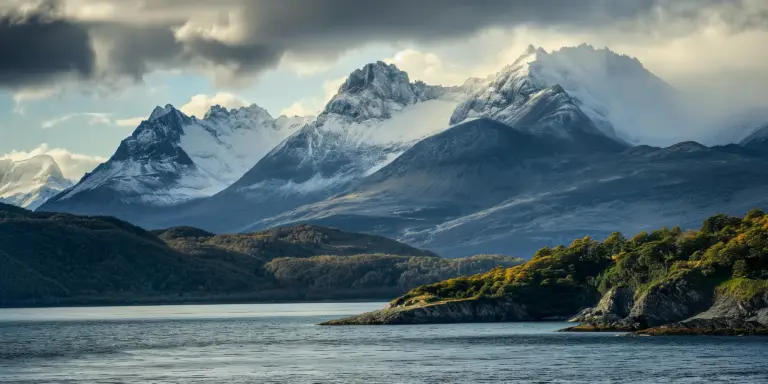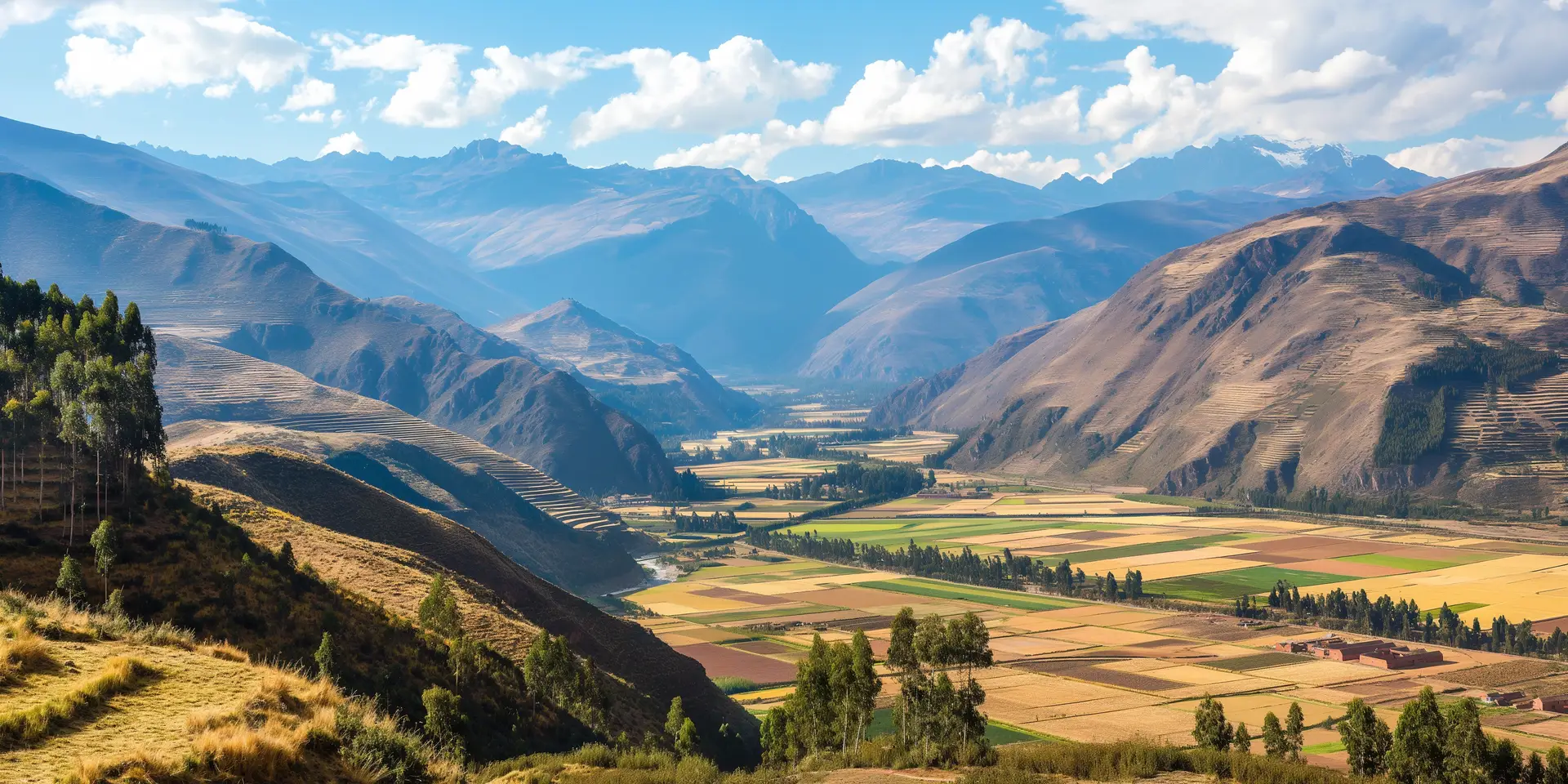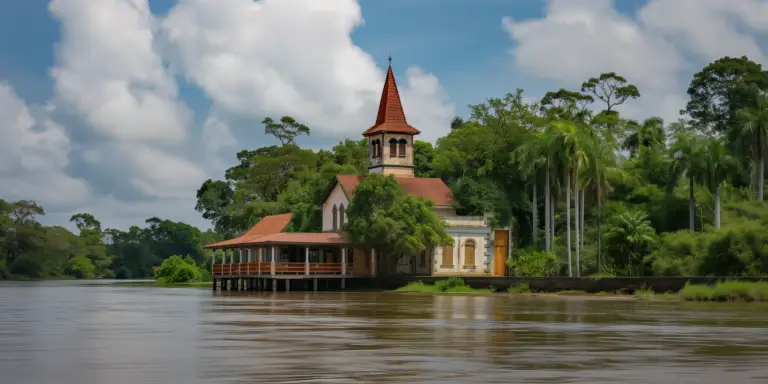Located in southwestern Utah, Zion National Park is a treasure trove of towering sandstone cliffs, lush valleys, and vibrant wildlife. This national park, renowned for its incredible natural beauty and diverse ecosystems, offers an adventure for every kind of traveler. Whether you’re into hiking, bird watching, or simply soaking in stunning vistas, Zion is a destination that promises to leave you awe-inspired.
Breathtaking Scenery and Outdoor Activities
The heart of the park, Zion Canyon, is a magnificent gorge carved by the Virgin River. The canyon’s sheer walls rise over 2,000 feet, creating a dramatic landscape of red and white sandstone.
Zion is famous for its extensive network of hiking trails. Some of the most popular hikes include:
- Angel’s Landing: Known for its steep, narrow path and incredible views, this challenging hike is not for the faint-hearted. The 5-mile round trip rewards hikers with panoramic views of Zion Canyon.
- The Narrows: This unique hike takes you through the Virgin River, walking in the riverbed between towering canyon walls. It’s a wet and exhilarating adventure, particularly popular in the summer.
- Emerald Pools: A more moderate hike, the Emerald Pools trail leads to beautiful waterfalls and sparkling pools. It’s a family-friendly hike that showcases the park’s serene beauty.
For those who prefer a more relaxed way to see the park, the Zion Canyon Scenic Drive offers stunning vistas accessible by shuttle bus during peak seasons. The drive winds through the canyon, providing breathtaking views of the towering cliffs and lush valley floor.
Flora and Fauna
Zion’s diverse landscapes support a wide variety of plant and animal life. From desert shrubs and cacti to lush hanging gardens, the park’s vegetation varies dramatically with the altitude and water availability.
Keep an eye out for the park’s many inhabitants, including mule deer, bighorn sheep, and over 200 species of birds. Birdwatchers will enjoy spotting species like the peregrine falcon, California condor, and Mexican spotted owl.
Cultural and Historical Significance
The park is rich with cultural history, having been inhabited by Native American tribes for thousands of years. The Ancestral Puebloans and later the Southern Paiutes left behind petroglyphs and other archaeological sites.
In the 19th century, Mormon pioneers settled in the area, naming it Zion, a biblical term for a place of refuge. Their influence is still visible in the names of many park features.
Practical Tips for Travelers
Getting There: Zion National Park is accessible by car from major cities like Las Vegas (about a 2.5-hour drive) and Salt Lake City (about a 4.5-hour drive). The nearest town is Springdale, located right at the park’s entrance, offering lodging, dining, and shuttle services.
Best Time to Visit: While Zion is open year-round, the best times to visit are in the spring (April to May) and fall (September to October) when temperatures are moderate, and the park’s natural beauty is at its peak. Summer can be very hot, and winter may bring snow to higher elevations.
Accommodation: Options range from the historic Zion Lodge within the park to a variety of hotels, motels, and campgrounds in Springdale. Booking well in advance is recommended, especially during peak seasons.
Permits and Regulations: Some hikes, like The Subway and Angels Landing, require permits. It’s important to plan ahead and obtain necessary permits, as they can sell out quickly. Always follow park regulations to preserve its natural beauty.
Zion National Park is a place where nature’s artistry is on full display. With its awe-inspiring landscapes, diverse activities, and rich history, Zion offers a perfect blend of adventure and tranquility. Whether you’re navigating the thrilling trails of Angel’s Landing, wading through the waters of The Narrows, or simply enjoying the serene beauty from a scenic overlook, Zion is a destination that captivates the heart and soul. Pack your gear and prepare to be amazed by the unparalleled beauty of Zion National Park!
